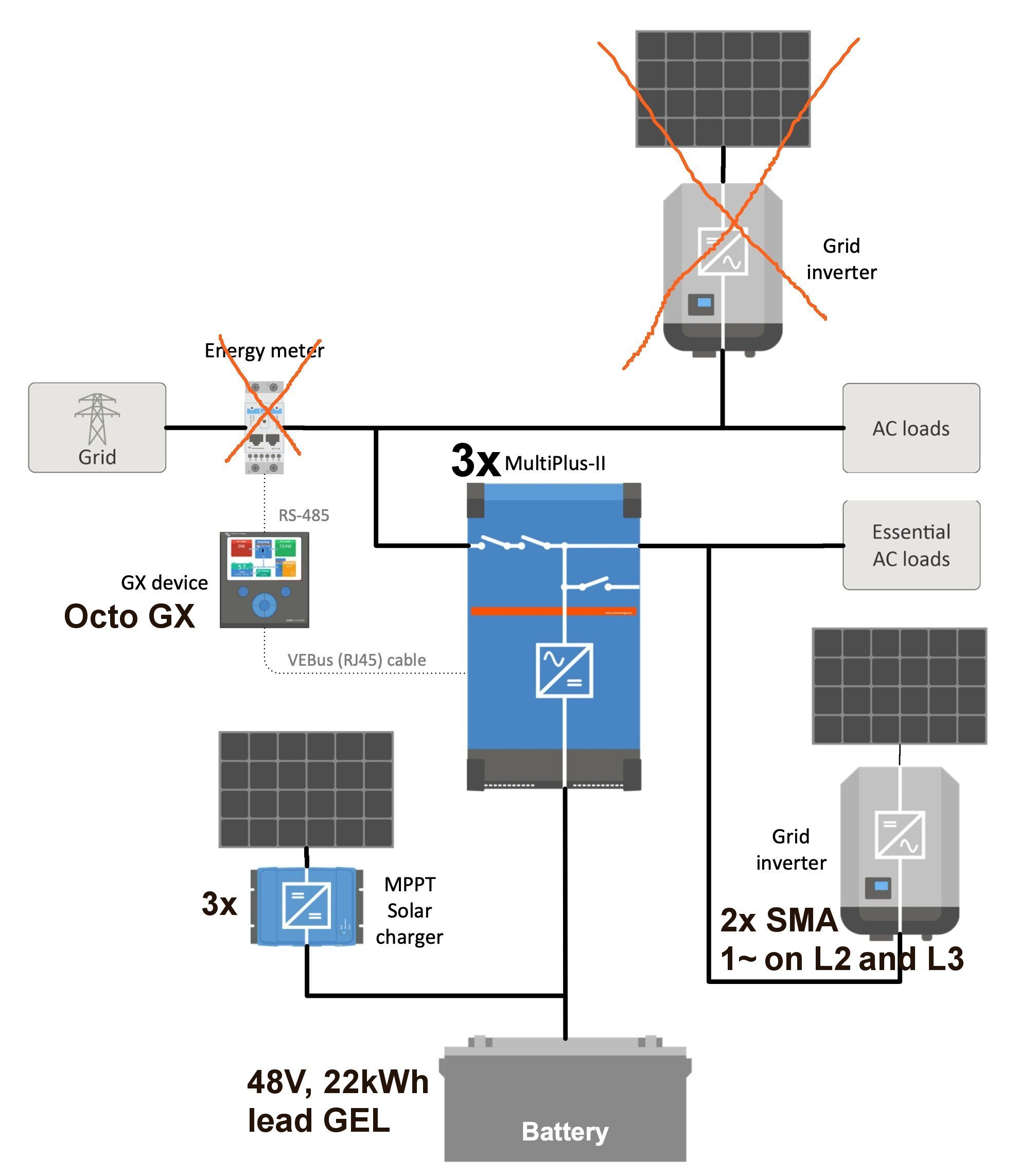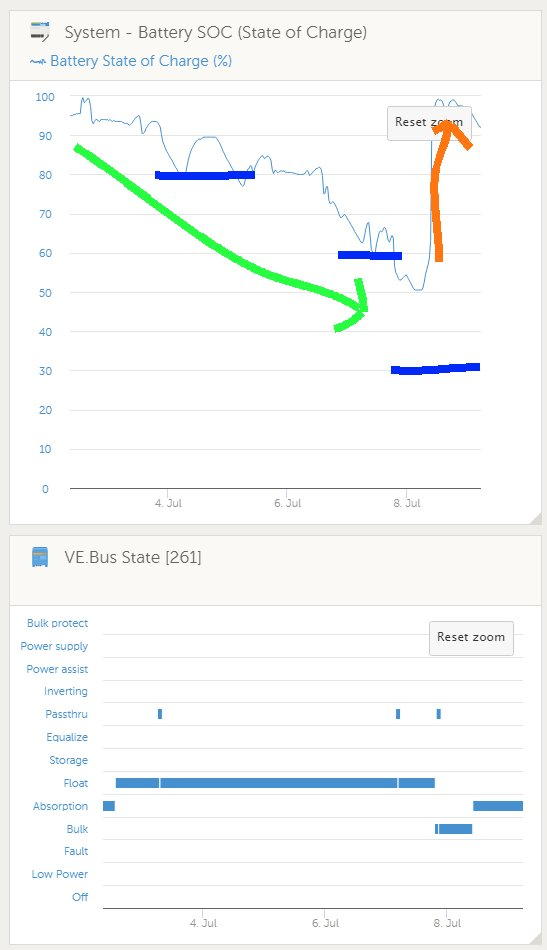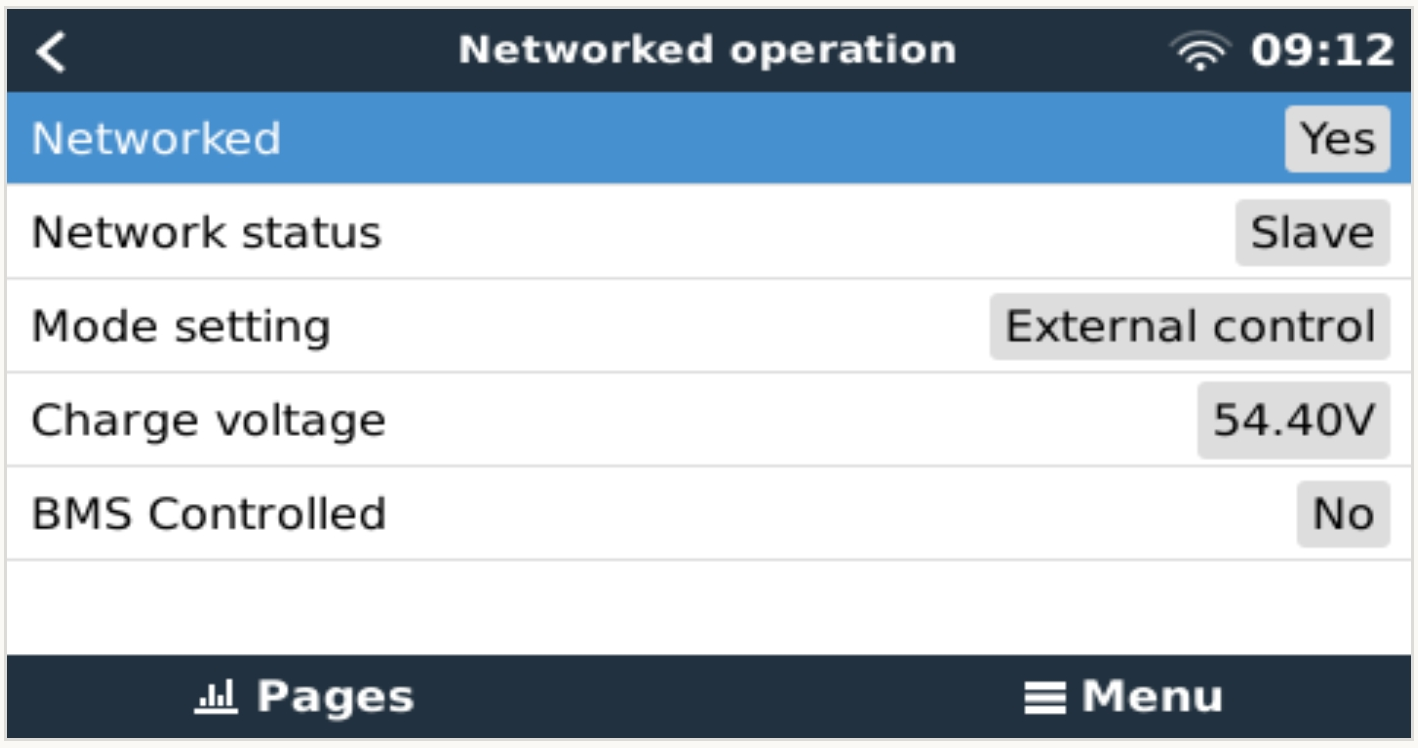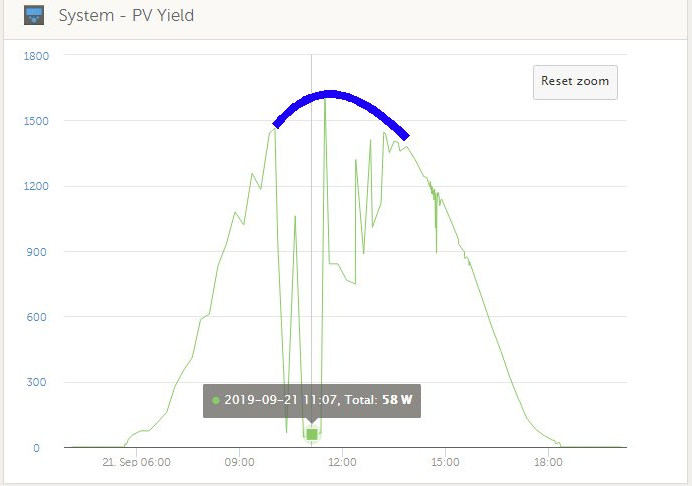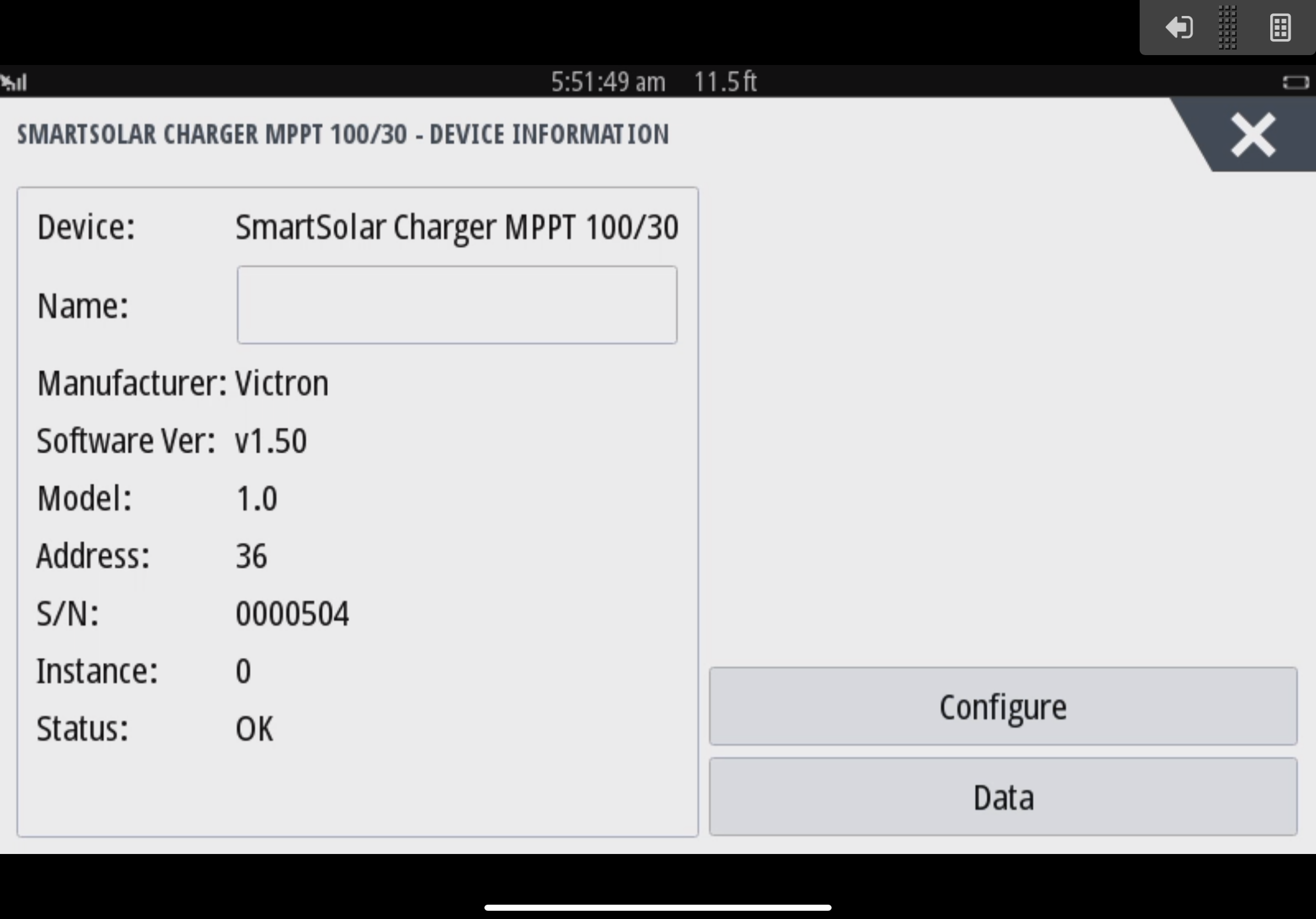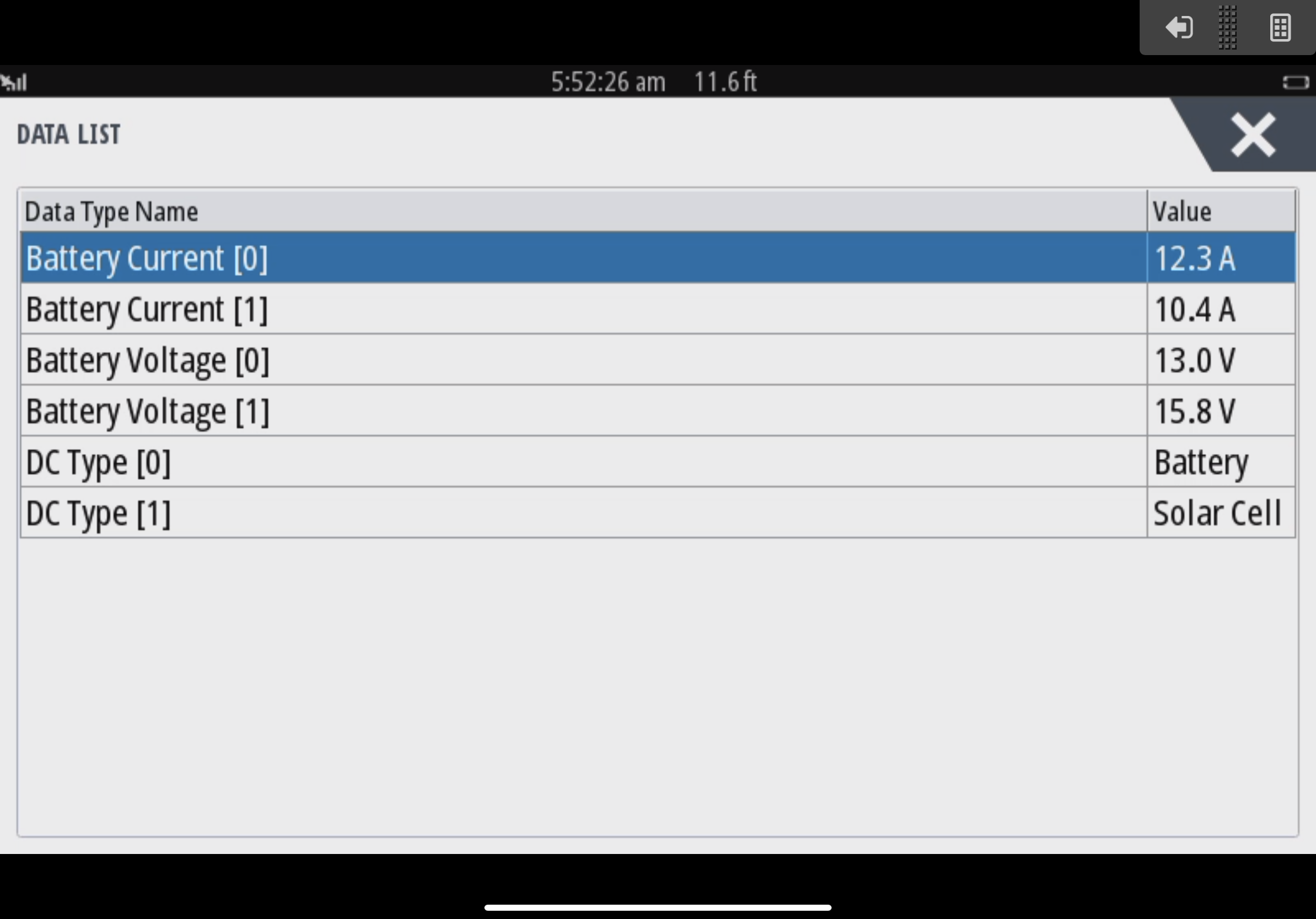And hello again everyone!
Another v2.60 test version, v2.60~33 to be specific.
This post is intended for all people participating in the Venus OS Beta test program.
In case you're new to the v2.60 beta test series, please make sure to read the previous v2.60 posts, listed below. There are several significant improvements in v2.60. The highlights are the addition of a feed-in limit, added ethernet-connected energy meters, updates on the NMEA2000-feature (addition of tanks, and Solar chargers), as well as many other improvements with regards to tank monitoring.
- v2.60~3 post & change log
- v2.60~4 post & change log
- v2.60~14 post & change log
- v2.60~15 post & change log
- v2.60~16 post & change log
- v2.60~19 post & change log
- v2.60~22 post & change log
- v2.60~23 post & change log
- v2.60~25 post & change log
- v2.60~26 post & change log
- v2.60~28 post & change log
- v2.60~29 post & change log
- v2.60~30 post & change log
- v2.60~31 post & change log
Complete change log is still on its way.
What to test & how to report?
The updated Marine MFD HTML5 App need testing. Especially on different size MFDs & system configurations.
Also the user interface improvements around NMEA2000-out & VE.Can/N2K Device Instance configuration would be good if they are tested. New in this release is automatic numbering of the N2K data instances for tank levels; see below for details.
If you see issues, please post a new "answer" below; or in case the same issues is already mentioned, then comment on that to say you see it too; or help, and so forth. Please do mention the Venus OS version you have installed; just to prevent confusion.
Change log v2.60~32 & v2.60~33
- Fix false grid alarm triggered by safety switch Assistant (thank you Mark!)
- Marine MFD HTML5 App: improve battery metric dynamic resizing
- Modbus-TCP - Add registers related to ESS features. Details are already documented in the ESS Mode 2 & 3 manual.
- Modbus-TCP - Add 32-bit register for generator runtime (3504). Thank Dave J. for reporting.
- DVCC: Fix false insufficient firmware alarm triggered for certain VE.Can MPPTs.
Thank all of you for your help, its paramount to getting to a stable and robust yet continuous improving product.
Have a good night, Matthijs Vader

